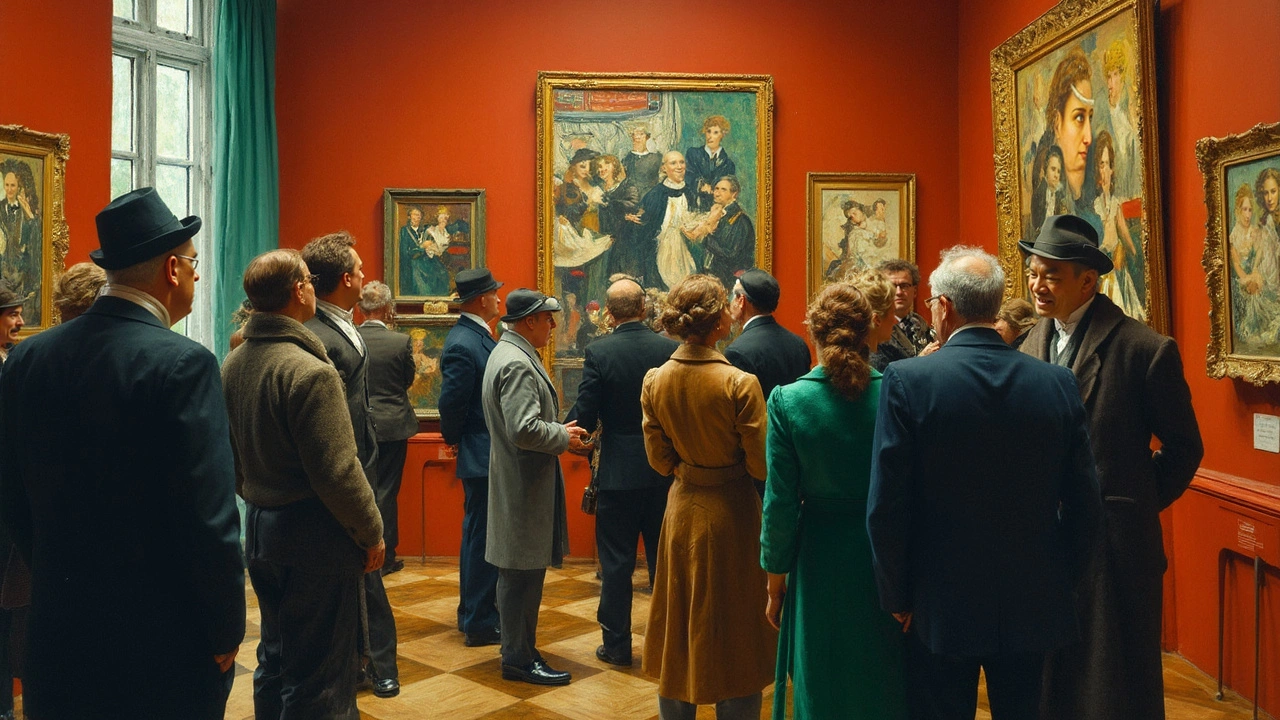Innovation in Art: Movements, Tricks & Practical Ideas
Innovation in art is where ideas get reshaped into something you can actually see, touch, or live with. On this tag page you’ll find clear guides, movement histories, and hands-on tips—from photorealism tricks to smart-city futurism. Pick an article, try one idea, and see what sticks.
What you’ll find here
We collect work that pushed boundaries. Read technique-heavy pieces like "Photorealism Art: Techniques, Secrets & History for Stunning Realism" or survey pieces like "Bauhaus Modernism" and "Futurism’s Impact on Smart Cities." You’ll also find practical home and public ideas in "Avant-Garde Home Décor" and "Land Art’s Impact on Modern Urban Design." Each post aims to teach one clear thing you can apply right away.
Want tips for practicing? Start with technique, then break rules. For painters, study photorealism methods—value scales, glazing, and reference setup—then distort proportion or color to make the work yours. For designers, learn Bauhaus grid thinking to simplify layouts, then swap edges for organic shapes to surprise the eye. Try one focused exercise per week, not a full style overhaul.
Ideas you can use right now
Small projects breed big change. Turn a hallway into a mini installation using the ideas in "Installation Art: Evolution, Techniques, and Famous Works Explained." Make a single wall a statement piece with layered materials or found objects. For interiors, borrow bold contrasts from Baroque Revival but keep furniture simple—one dramatic pattern, everything else calm.
If you care about public space, the "Land Art" and "Futurism in Smart Cities" posts show how art can guide movement, shade plazas, or signal community stories. Think of a bench or planter that doubles as a sculpture. Those choices change how people use a street, not just how it looks.
For creative practice, study Fluxus and Constructivism to loosen habits. Fluxus shows how to turn daily actions into performances. Constructivism teaches clear visual language—shapes and type that communicate fast. Try a week where you make one piece a day that either performs or communicates, then pick what felt fresh.
Want specific reading order? Start with a movement overview (Bauhaus, Constructivism, Fluxus), then jump to a technique piece (Photorealism, Installation Art), and finish with application (Avant-Garde Home Décor, Land Art in cities). That sequence gives context, skill, and real-world use.
Which post fits you best? If you love precision, start with photorealism. If you want bold change at home, read the Avant-Garde decor guide. If you imagine cities differently, check futurism and land art pieces. Click a title, try one idea, and tell us what changed.


